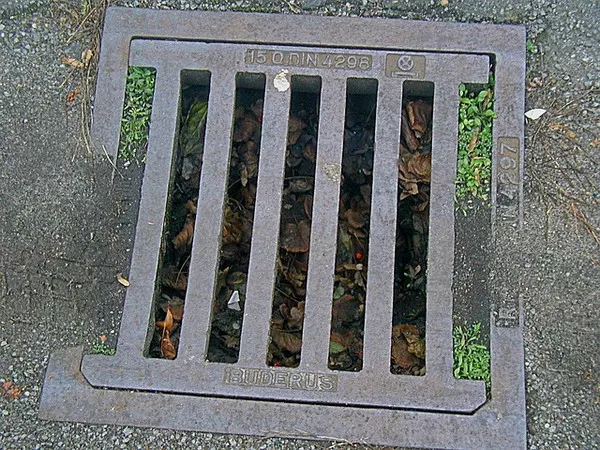Water treatment plants play a pivotal role in maintaining public health and environmental sustainability by processing and purifying wastewater, which includes the often-overlooked matter of human waste. Among the various components present in wastewater, fecal matter, or poop, is a significant contributor that necessitates thorough treatment to prevent waterborne diseases and ensure the quality of the final effluent. This article delves into the intricate processes that occur within water treatment plants to transform sewage, including poop, into safe and environmentally friendly treated water.
Understanding the Composition of Sewage
Sewage is a complex mixture of both domestic and industrial waste, including human excrement, urine, food particles, soap, detergents, and other contaminants. Human waste, often referred to as poop, contributes a substantial amount of organic matter and pathogens to the sewage mixture. The presence of pathogens such as bacteria, viruses, and parasites in poop poses significant health risks if not properly treated.
Primary Treatment: Screening and Sedimentation
The treatment process begins with primary treatment, where sewage undergoes a series of physical processes to remove large debris and solid particles. Upon entering the treatment plant, sewage passes through screens that capture larger objects like sticks, rags, and plastics. This helps prevent clogging of downstream equipment and potential damage to pumps and other machinery.
After screening, the sewage flows into sedimentation tanks where the heavier solid particles settle to the bottom due to gravity. This results in the formation of primary sludge, which includes a substantial amount of undigested organic matter including poop. The sludge is then removed and further processed.
Secondary Treatment: Biological Treatment
The next phase of sewage treatment is the secondary treatment, which focuses on the removal of dissolved and suspended organic matter that was not separated during the primary treatment. This step is particularly important as it targets the organic pollutants present in poop that can lead to the proliferation of harmful pathogens and water pollution.
One of the most common methods employed in secondary treatment is the activated sludge process. In this process, sewage is mixed with microorganisms, often referred to as activated sludge, in aeration tanks. These microorganisms break down the organic matter present in the sewage, including the organic components of poop, into simpler substances like carbon dioxide and water.
Tertiary Treatment: Polishing the Effluent
Following secondary treatment, the wastewater may undergo tertiary treatment to further improve its quality. This step is crucial in eliminating any residual pollutants and pathogens that might have survived the previous treatment processes. While not all water treatment plants employ tertiary treatment, it is becoming more common to ensure the safety and purity of the treated water.
Tertiary treatment can involve various methods such as filtration, disinfection, and advanced oxidation processes. Filtration involves passing the water through granular media filters to remove any remaining suspended particles. Disinfection, often achieved using chemicals like chlorine or ultraviolet light, kills any remaining bacteria, viruses, and parasites that might be present, thus rendering the water safe for discharge or reuse.
Sludge Treatment and Disposal
Throughout the treatment process, significant amounts of sludge are generated, including the primary sludge and the excess activated sludge from the secondary treatment. The sludge contains the organic matter that was removed from the sewage, including components from human waste like poop. This sludge requires proper treatment to reduce its volume, eliminate pathogens, and manage its disposal in an environmentally friendly manner.
Anaerobic digestion is a common method used to treat sludge. This process occurs in an oxygen-free environment where microorganisms break down the organic matter, producing biogas (methane and carbon dioxide) as a byproduct. The biogas can be captured and used as an energy source for the treatment plant or for other purposes.
Conclusion
The journey of human waste through a water treatment plant is an intricate process that involves several stages of treatment, each aimed at removing pollutants and pathogens to ensure the safety of the environment and public health. The significance of proper sewage treatment, including the treatment of poop, cannot be overstated. It contributes to the prevention of waterborne diseases, protection of aquatic ecosystems, and the production of safe water for various uses, including drinking water and irrigation.
As the global population continues to grow, the challenges associated with sewage treatment become more pronounced. Water treatment plants must adopt advanced technologies and strategies to efficiently manage sewage and minimize its impact on the environment. Furthermore, raising public awareness about the importance of responsible waste disposal and the role of water treatment plants is essential for fostering a sustainable and healthy future.

